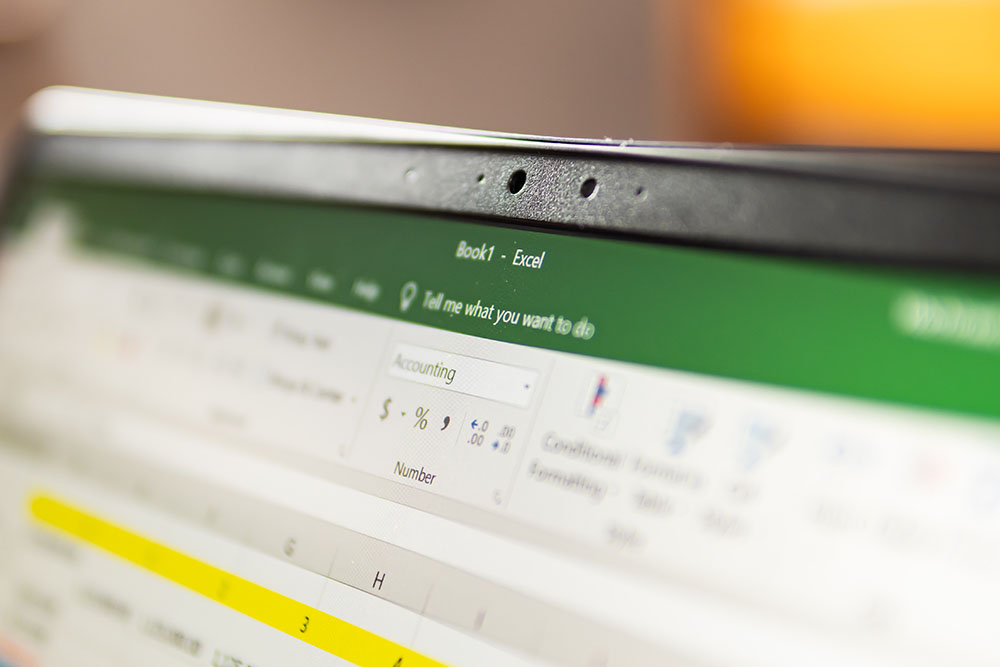Team project status meetings are a time to gauge the temperature of a project, find out how things are going, and identify what still needs to be done. Ultimately, the goal is to understand the progress of the project and take corrective action if required. Using a simple Scrum work management practice in a daily standup meeting can improve project communication and management.
Why Daily? Short daily meetings allow you to quickly close the loop on issues and problems that occur during the project. Given the size of the teams involved and complexity of the project, weekly or biweekly may be more appropriate.
Why stand up? It’s been observed that meetings that occur while the attendees are standing move more quickly to conclusion than those where the participants sit down. A typical standup meeting is 10 to 20 minutes.
While projects vary in size and complexity, there are three simple questions that each team member should be asked to get the pulse of even the most complex project.
1. What has been completed in the last period?
2. What will be completed during the next period?
3. Are there any obstacles or blockers to be addressed?
The first two questions are designed to be brief, concise explanations of what has been or will be delivered, instead of a long explanation of how or why.
The third answer should also be a brief, concise identification of obstacles. Be sure to setup discussions outside of the standup meeting to address obstacles and blockers.
You may find that initially the team is quick to launch into issue resolution. Remind the team that the standup meeting is the time for everyone to share what they are have accomplished and what’s next. Document the issues and, if necessary, schedule specific problem solving sessions.
If you are not already doing so, give this daily standup approach a try. With practice, this approach will make for a more cohesive team, better communication and improve project outcomes.



